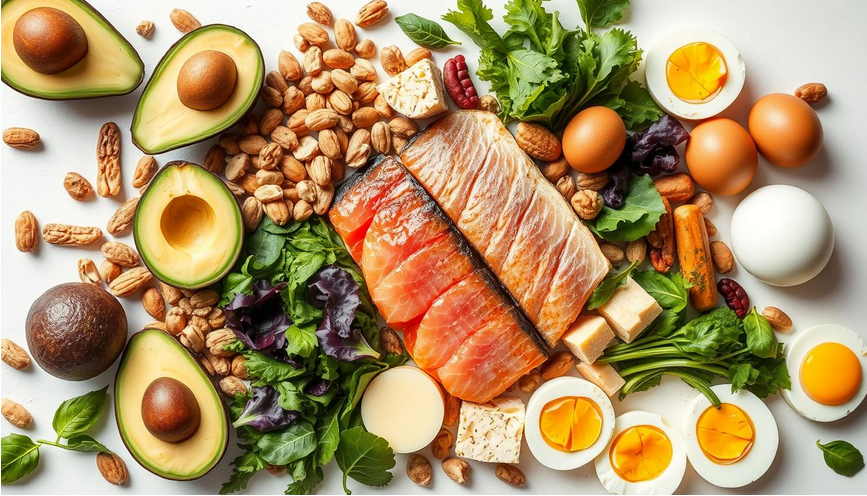
Welcome to the world of ketogenic nutrition! Understanding keto macros is essential for achieving ketosis, boosting energy, and reaching your health goals. Whether you're aiming for weight loss, improved athletic performance, or overall wellness, mastering macro ratios is key.
In this guide, we'll break down the science behind keto macros, explain why macro ratios matter, and offer practical tips on tracking and adjusting your macros for success.
To succeed on a ketogenic diet, it's important to grasp the role of macronutrients—carbohydrates, proteins, and fats. The ketogenic diet shifts your body's energy source from carbohydrates to fats, triggering a metabolic state called ketosis.
Macronutrients provide the body with energy and support essential functions like hormone production, muscle growth, and cellular repair. The three key macronutrients are:
Ketosis occurs when the body shifts from burning carbohydrates to burning fat for energy. This metabolic change can lead to weight loss, better blood sugar control, and improved mental clarity. Achieving ketosis depends on maintaining the right macronutrient balance.
A well-balanced keto diet typically follows this macro breakdown:
This ratio ensures that your body gets the right fuel for energy production, muscle growth, and overall health.
The ketogenic diet is rooted in metabolic science. When carbohydrate intake is restricted, insulin levels drop, and the body starts breaking down fat into ketones. These ketones become the primary energy source, replacing glucose.
To maintain ketosis, it's essential to:
Understanding these principles allows you to fine-tune your macro ratios for optimal results.
Your ideal macro ratio may vary depending on your goals, activity level, and body type. Below is a general guideline:
| Goal | Fat Intake | Protein Intake | Carbohydrate Intake |
|---|---|---|---|
| Weight Loss | 70-80% | 15-20% | 5-10% |
| Athletic Performance | 60-70% | 20-25% | 10-15% |
| Maintenance | 65-75% | 18-22% | 8-12% |
Tracking macros is crucial, but mistakes can happen. Here are some common pitfalls and how to avoid them:
Use a food scale and measuring tools to ensure accuracy.
Watch out for carbs in sauces, condiments, and processed foods.
Your macro needs may change based on progress, weight loss, or fitness goals. Regularly reassess and adjust as needed.
As your goals evolve, your macro ratios should too. Here’s how:
Tracking your macros consistently is key to keto success. Here are some helpful tools and strategies:
Mastering keto macros takes patience, consistency, and a willingness to adjust based on your body’s needs. By tracking your intake, avoiding common mistakes, and fine-tuning your macro ratios, you can unlock the full benefits of the ketogenic lifestyle.
Stay motivated, stay informed, and enjoy the journey to better health with keto nutrition!
Macronutrients are carbohydrates, proteins, and fats. In a ketogenic diet, the focus is on high fat, moderate protein, and very low carbohydrates to promote fat-burning and ketosis.
The right macro ratios help the body stay in ketosis, optimize energy levels, and support weight loss or performance goals.
A keto diet shifts the body's metabolism from using glucose to using fat and ketones for energy. This transition depends on maintaining a high-fat, low-carb diet.
The standard keto ratio is 70-80% fat, 15-20% protein, and 5-10% carbohydrates, but it can vary based on individual goals.
Errors include misjudging portion sizes, consuming hidden carbs, and failing to adjust macros as your body changes.
For weight loss, reduce carbs and increase fats. For athletic performance, increase protein intake. Adjust ratios based on your specific needs.
Use macro tracking apps, meal planning strategies, and weekly assessments to stay on track.
By applying these strategies, you'll be well on your way to keto success!